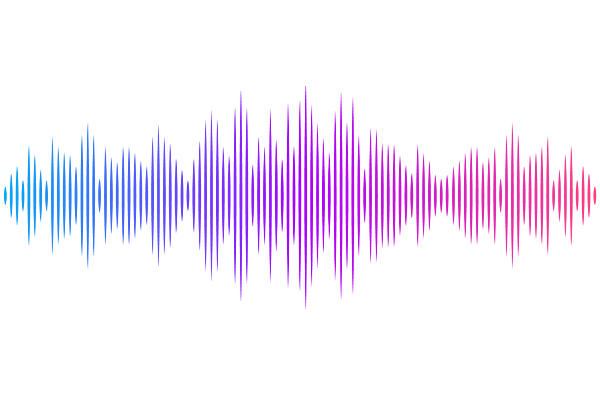Autophagy repression by antigen and cytokines shapes mitochondrial, migration and effector machinery in CD8 T cells.

Autophagy repression by antigen and cytokines shapes mitochondrial, migration and effector machinery in CD8 T cells.
Sinclair, L. V.; Youdale, T.; Spinelli, L.; Gakovic, M.; Landlands, A. J.; Pathak, S.; Howden, A. J.; Ganley, I.; Cantrell, D. A.
AbstractAutophagy is important for CD8 T-cells but autophagy timing, triggers and targets are poorly defined. Herein, we show naive CD8-T cells have high autophagic flux and identify an autophagy checkpoint whereby antigen receptor engagement represses autophagy by regulating amino acid transporter expression and intracellular amino acid delivery. Effector cytotoxic T cells with high levels of amino acid transporters driven by proinflammatory cytokines have low autophagic flux but rapidly reinduce autophagy when amino acid restricted. A census of proteins degraded and fuelled by autophagy shows how autophagy shapes CD8-T cell proteomes. In cytotoxic T-cells, dominant autophagy substrates include cytolytic effector molecules, amino acid and glucose transporters. In naive T-cells mitophagy dominates and selective mitochondrial pruning supports the expression of molecules that coordinate T-cell migration and survival. Autophagy thus differentially prunes naive and effector T-cell proteomes and is dynamically repressed by antigen receptors and inflammatory cytokines to shape T-cell differentiation.